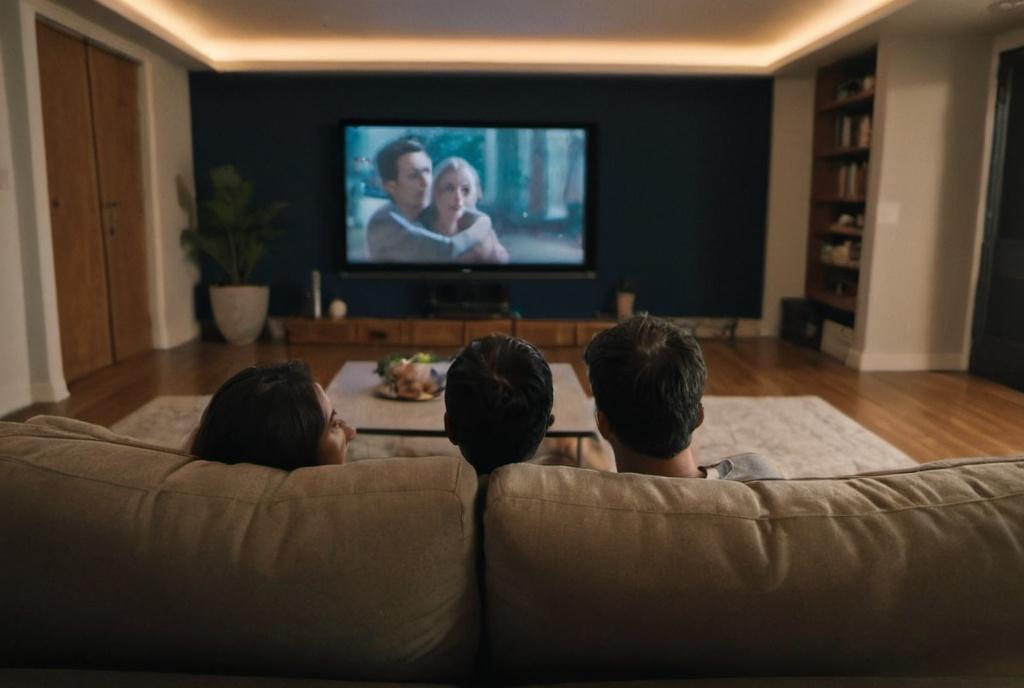
Key Take Aways About portrayal of disability in cinema
- Early portrayals often relied on stereotypes and misrepresentations of disability.
- A shift to realism highlighted individuals beyond their disabilities, enhancing public perception.
- Recent efforts emphasize authentic representation with actors sharing similar experiences.
- Financial success can follow diversity, as audiences favor genuine depictions.
- Challenges include limited opportunities for actors with disabilities; industry support is needed.
- Cinema has the potential to educate and influence societal views on disability.

Introduction
The portrayal of disability in cinema has experienced varied interpretations, often swinging between accurate depictions and misguided stereotypes. It’s neither a new element in filmmaking nor a trivial one. Whether it’s the gentle narrative of Forrest Gump or the intense drama in Rain Man, cinema has the ability to inform or misinform its audiences about disability. To paint an accurate picture, it’s essential to examine the historical portrayals and their socio-cultural impacts.
Early Portrayals: Missteps and Stereotypes
Back in the day, films didn’t shy away from caricaturing disability. Characters with disabilities were often depicted as either tragic figures or villains, like the hunchback in *The Hunchback of Notre Dame*. This set a trend where disability was more of a plot device than a realistic portrayal of diverse human experiences.
Such portrayals not only misrepresented individuals with disabilities but also perpetuated harmful stereotypes. They depicted a simplified, black-and-white version of humanity—either inspiring pity or fear. These films created a societal mindset where disabilities were something to be ‘fixed,’ not understood or lived with.
Shift to Realism: More Than Just a Condition
Over time, some filmmakers began to shift perspectives. In the late 20th century, movies like *My Left Foot* and *Rain Man* offered a nuanced glimpse into life with a disability. They focused on the person, not just the disability. Daniel Day-Lewis’s portrayal of Christy Brown, an artist with cerebral palsy, was both raw and inspiring, providing audiences a real look at individual capability rather than incapability.
This shift brought stories where disabilities were not the only facet of a character’s identity but one aspect of their rich, multifaceted lives. It also began to change public perception, moving from seeing individuals with disabilities as merely subjects of pity to recognizing them as people with unique experiences and stories worth telling.
The Role of Authentic Representation
Recently, authentic representation has found its way into the film industry, albeit slowly. Movies like *The Fundamentals of Caring* and *A Quiet Place* cast actors with disabilities in roles that match their real-life experiences. This authenticity lends credibility and enriches narratives, allowing audiences to connect more deeply with the story and the characters. It also aids in breaking down societal barriers, nurturing broader acceptance and understanding.
The involvement of actors with disabilities ensures that stories are told with the nuance and integrity they deserve, challenging audience perceptions and debunking myths about disability. Such casting choices should be more than just a trend; they should be the norm.
Financial Implications of Representation
From a financial standpoint, representation in cinema can significantly impact a movie’s success. Audiences increasingly favor films that promote diversity and authenticity. A film that handles its characters with care and integrity can lead to better box office performance and critical acclaim. Moreover, it builds a loyal audience base interested in films that reflect societal changes and promote inclusivity.
Studios investing in diverse storytelling not only support social progress but also open up new market segments. This isn’t just about ‘doing the right thing’; it’s smart business. As societal awareness grows, audiences demand more genuine portrayals of varying experiences, and studios that cater to this demand can see both social and financial returns.
Challenges and Opportunities
Nevertheless, challenges remain. Casting directors often face a talent pool wherein actors with disabilities have fewer opportunities, something the industry needs to address. It’s not enough to cast diversely; there must also be an investment in nurturing talent that reflects a range of experiences.
Training programs and initiatives dedicated to supporting actors with disabilities can foster a more inclusive industry. Similarly, increased efforts in storytelling that collaborates with individuals who have lived experiences offer opportunities to create richer, more engaging narratives.
Cinema must not only entertain but also educate its audience about the complexities of human life, and disability is a significant part of that mosaic. Honest and well-researched portrayals can break down barriers and create pathways for societal change.
Conclusion
The portrayal of disability in cinema has come a long way from its earliest days, but there’s still work to be done. A move towards more authentic, respectful, and realistic depictions of people with disabilities is crucial for both social and financial reasons. Cinema wields the power to shape public perception, and with this power comes the responsibility to portray the world truthfully, valuing every individual’s story and humanity.



